Summary
- The Super Mario Bros. Movie was a huge success for Nintendo, grossing over a billion dollars.
- The Legend of Zelda movie faces challenges in adaptation due to its fantastical elements and live-action format.
- Fans expected a Zelda film to be animated like Mario, making its live-action approach potentially risky.
Nintendo not only succeeded in adapting its largest property to the big screen, it soared to new heights by making The Super Mario Bros. Movie the highest-grossing film to ever be based on a video game. However, The Legend of Zelda is the company’s next challenge in film adaptation, and it may not be as easy to get right.
The Super Mario Bros. Movie grossed over a billion dollars at the box office in 2023, and it’s not hard to see why. Nintendo struck the perfect balance between honoring the video game’s expansive history, while making it accessible for a new audience. Their deal with Illumination Entertainment, while not viewed by many as the top pick initially, was an ingenious move, as the studio’s bright and colorful designs matched Mario’s inclination for cheerful, family-friendly fun. The movie did not revolutionize video game adaptations, but then again, it didn’t need to. It was exactly what the first Mario movie needed to be. A demonstration that Nintendo could throw its weight behind video game adaptations and stand above the rest. However, executives like Shigeru Miyamoto may soon discover that adapting The Legend of Zelda to traditional media isn’t as seamless as it was for other Nintendo franchises.

Related
The Legend of Zelda Movie Director’s Canceled Movie Proves He’s The Right Pick
Ball’s short filmography ranges from the lows of Maze Runner: Death Cure to the highs of Kingdom of the Planet of the Apes, including a hidden gem.
The upcoming Zelda film has just been given a release date, and will be distributed theatrically to cinemas on March 26th, 2027. The film is still a while away and, until it makes its debut, a series of obstacles sit between it and another record-breaking outing for Nintendo. Audiences still know very little about the adaptation. So far, its leading creative voice has been found in director Wes Ball, who is well-known for his work on the Maze Runner series, which was released to a mix of positive and middling reviews. Creator of the video game franchise Shigeru Miyamoto has signed on as a major producer. Most importantly, to many fans’ surprise, the film won’t be animated like its Mario counterpart. Instead, opting for a live-action portrayal. This choice of medium may be the beginning of many headaches for Ball, as he tries to adapt one of Nintendo’s most fantastical properties.
Live-Action Adaptations Are Difficult, And The Legend of Zelda Movie Is No Different
It was assumed by many long-time fans of the Zelda series that any film would follow Mario in suit by using the medium of animation to tell the tale. Ever since Ocarina of Time transformed the series’ graphical make-up into something more three-dimensional, the majority of Zelda titles have always featured a cartoon-styled world and set of characters. More recently, Breath of the Wild has opted for an even more stylized cell-shaded design, which was extremely reminiscent of the iconic look of many Studio Ghibli films. So, there was some fervent discussion throughout the online fandom when it was announced that Zelda had been set for a live-action adventure.
Even though Mario has always been considered to be the more wacky and outlandish of the two major Nintendo tentpoles, and thus more suited to animation, that doesn’t exactly make Zelda a grounded and gritty drama. When viewing the series as a whole, Zelda is an insanely high-concept fantasy story with so many surreal aspects to it. Its simple, outward appearance to general audiences, of a small elf warrior on the quest to save a fairytale princess, hides beneath it an extensive and mind-bending lore. Mario’s story of a simple Italian plumber trekking through fantastical kingdoms to save a damsel-in-distress bares many similarities to the exploits of the Hylian hero.
The raft of logistical problems that arise when placing a Zelda film in a live-action environment also needs to be addressed. Outside of its human-looking main cast, Zelda games feature entirely different physiological races of magical tree folk, fish people, and rocky mountain dwellers that eat boulders. It features wide-ranging landscapes that dwarf even that of The Lord of the Rings, showcasing a range of diverse biomes that has Link wandering into volcanoes, underwater cities, visiting sky islands, and venturing deep into underground caverns. One game actually floods the entire Kingdom of Hyrule. Any Zelda adaptation has to include dungeons in one form or another, and their complex layout will require sophisticated set builds. That’s not even mentioning that most of Link’s enemies are usually the most bizarre part of Zelda’s design. In Breath of the Wild there are the pig-like Bokoblins, sentient rock formations known as Stone Taluses, or the pig-like monster form of the infamous overarching villain, Ganon. No amount of CGI or surround LED volumes can cover the fact that Zelda feels unusually out of place in live-action; and if they do manage to, the cost is going to be eye-watering.
The Legend of Zelda Movie Has A Missed Ghibli Opportunity
Even though Studio Ghibli is slowing down, with its productions pretty much entirely reliant on studio founder Hayao Miyazaki coming in or out of retirement, its legacy is still just as popular. One of their most beloved classics, Princess Mononoke, had a re-release this March in IMAX theaters, collecting an estimated $4 million in box office returns from 330 theaters.
If any animation studio was going to take on a Zelda film, Ghibli was always the right fit. Zelda fans have longed to see their favorite video game portrayed in Miyazaki’s style. In fact, Zelda shares a lot of blood with Princess Mononoke. Both are action-heavy fairtytales about a wandering knight, seeking to save a princess from ancient, mystical evils. Even the live-action adaptations’ director acknowledges that a large part of his inspiration for the upcoming adaptation is from Miyazaki’s film library, highlighting “the wonder and whimsy” that is often found in Ghibli’s classics.
A Ghibli-style animated Zelda would also probably be able to address Link’s iconic muteness with more deftness and experience. Mute characters have featured in Ghibli releases before and have been utterly charming, even becoming fan favorites. Examples like Turnip-Head from Howl’s Moving Castle, or Yakul from Princess Mononoke spring to mind. Animation just lends more naturally to that visual nonverbalism when expressing a character’s thoughts.
It seems, then, a rather disappointing and missed opportunity that Nintendo decided not to pursue this obvious collaboration. The Legend of Zelda movie was perhaps more suited to animation, but if Nintendo wants to explore its more dramatic and emotionally complex characters in a darker, slightly grittier setting, then it will also probably be a good fit for live-action tonally. Nintendo must score another major success with this release if it wants to solidify itself as a dominating force in video game adaptations for years to come, animated or otherwise.
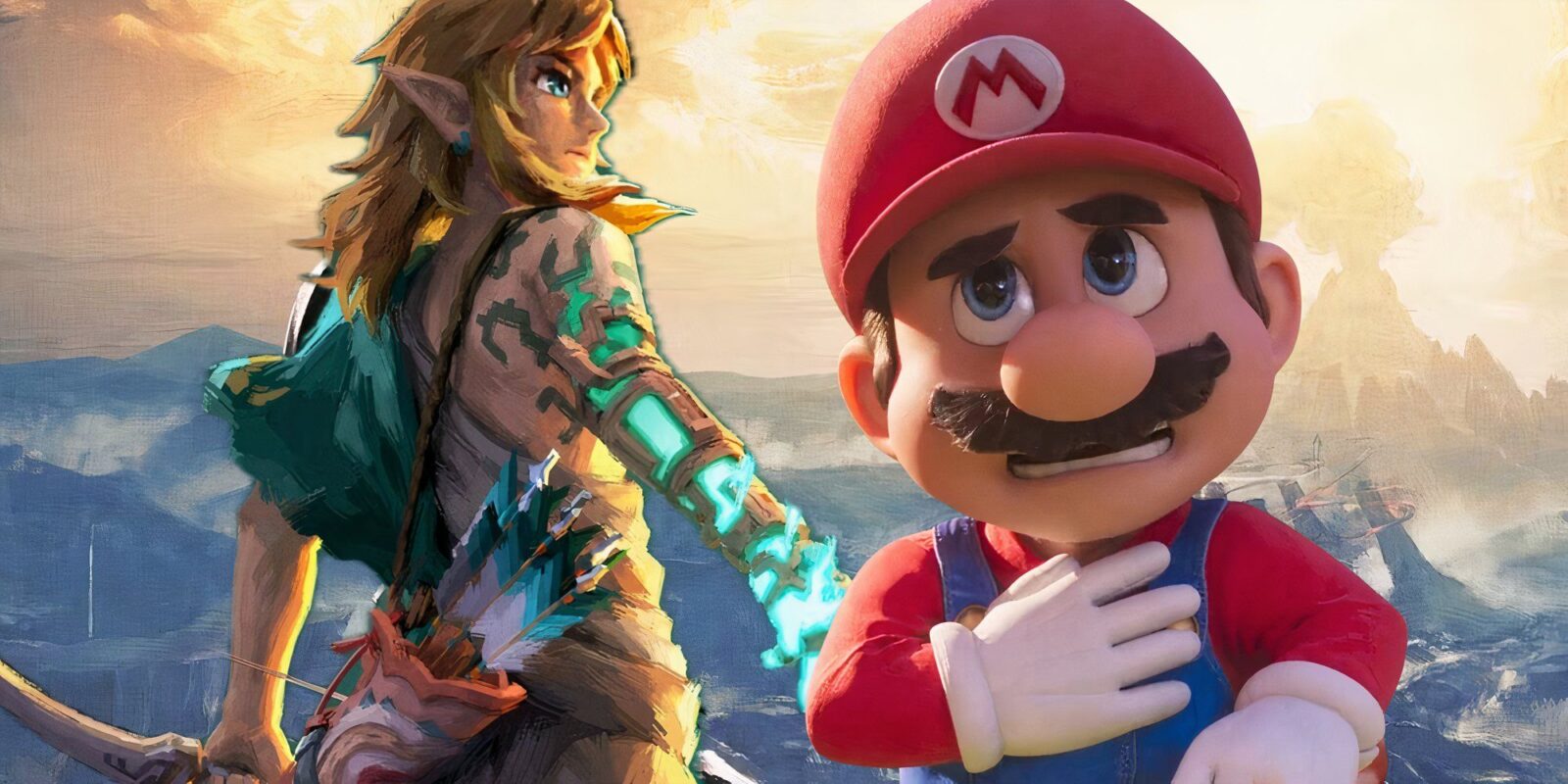
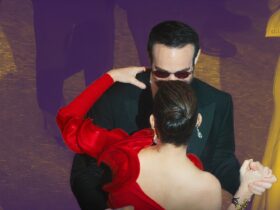
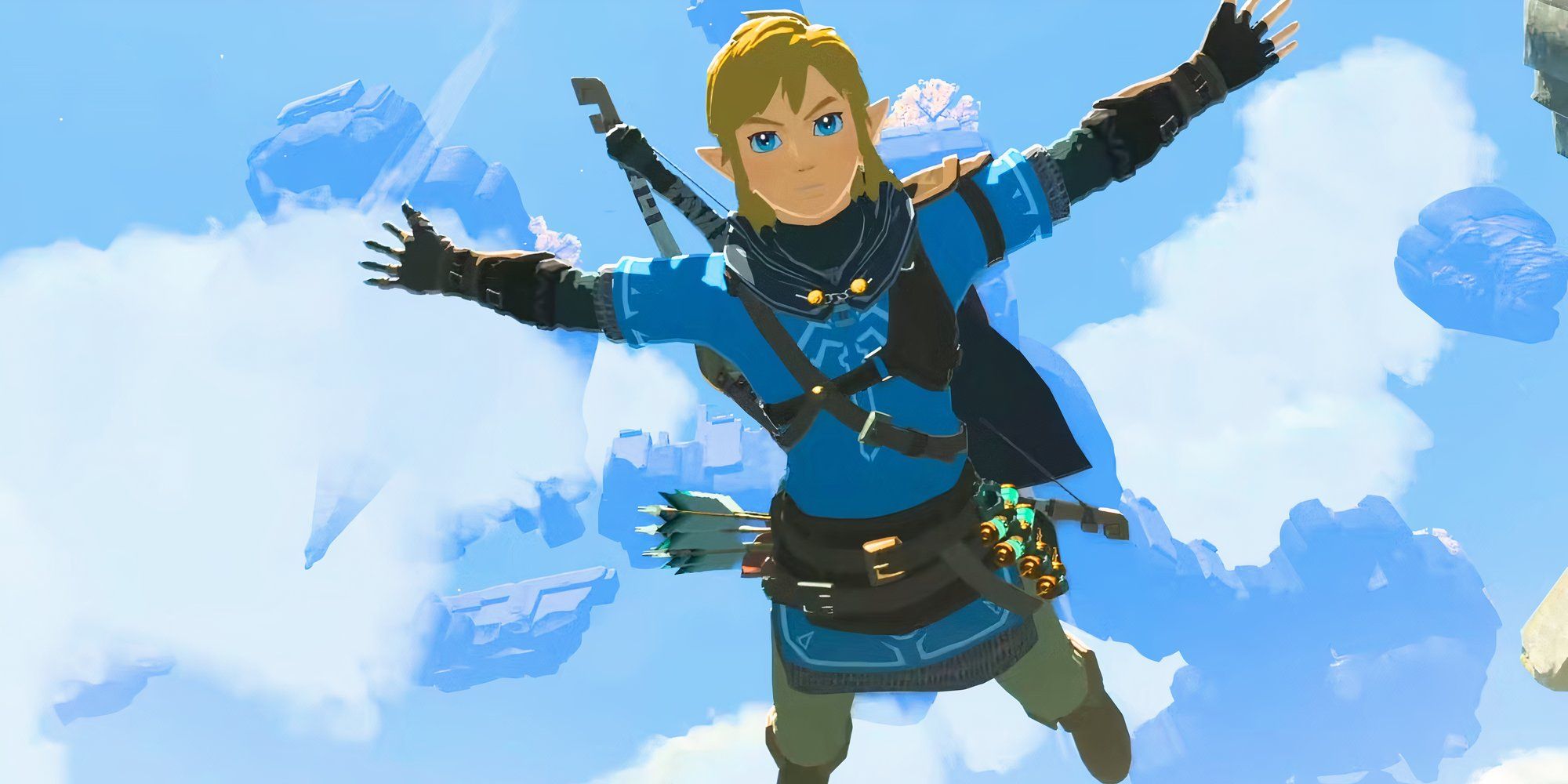
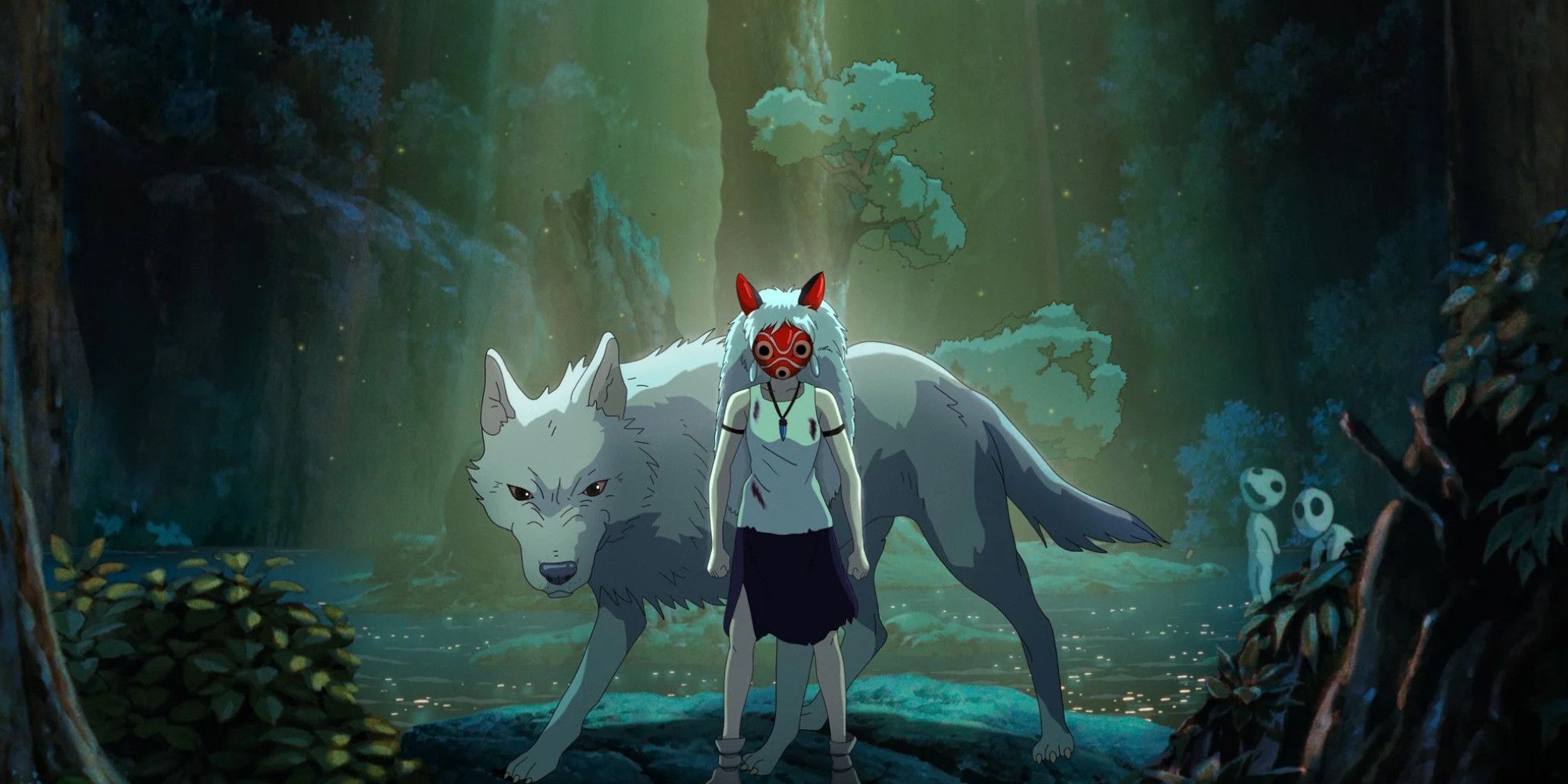
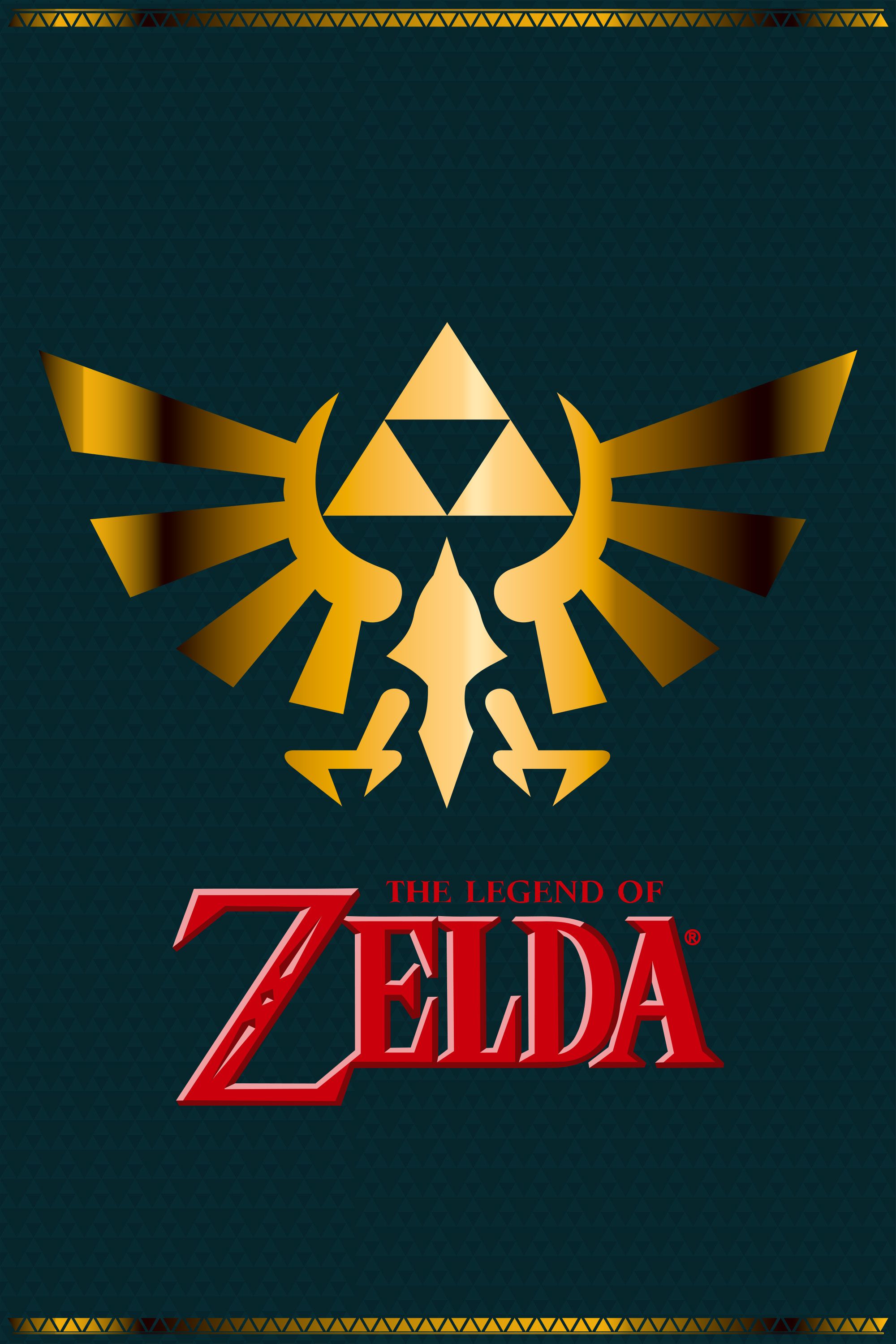




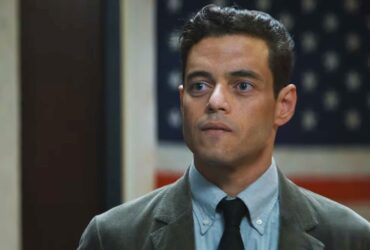
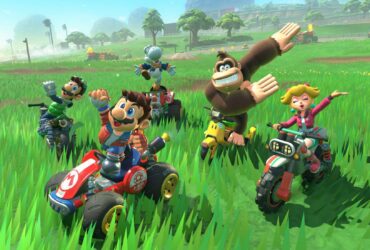
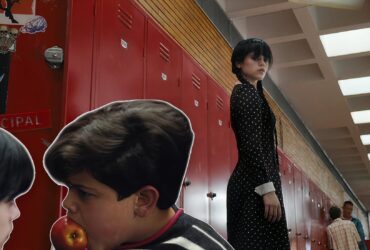


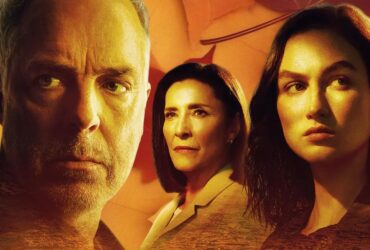
Leave a Reply